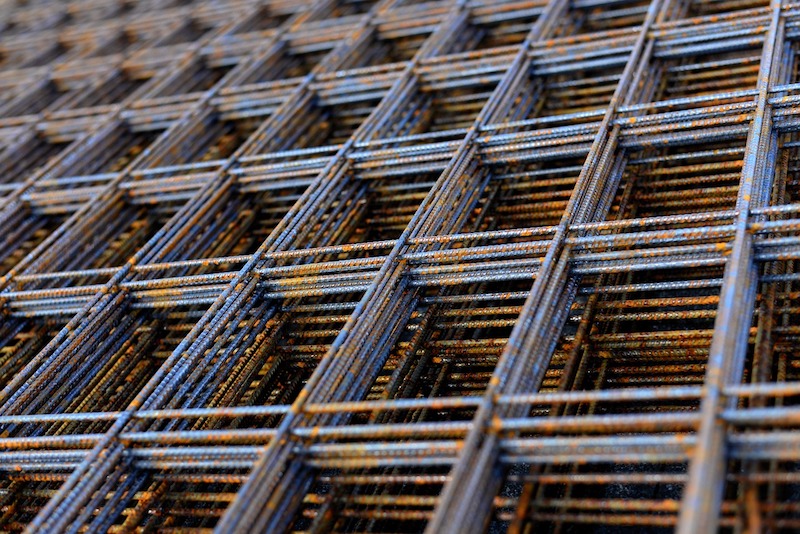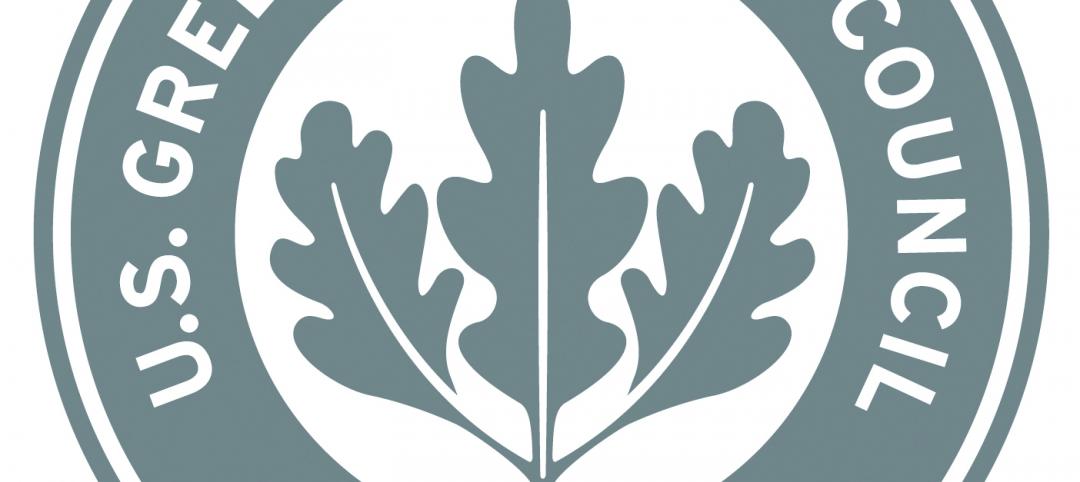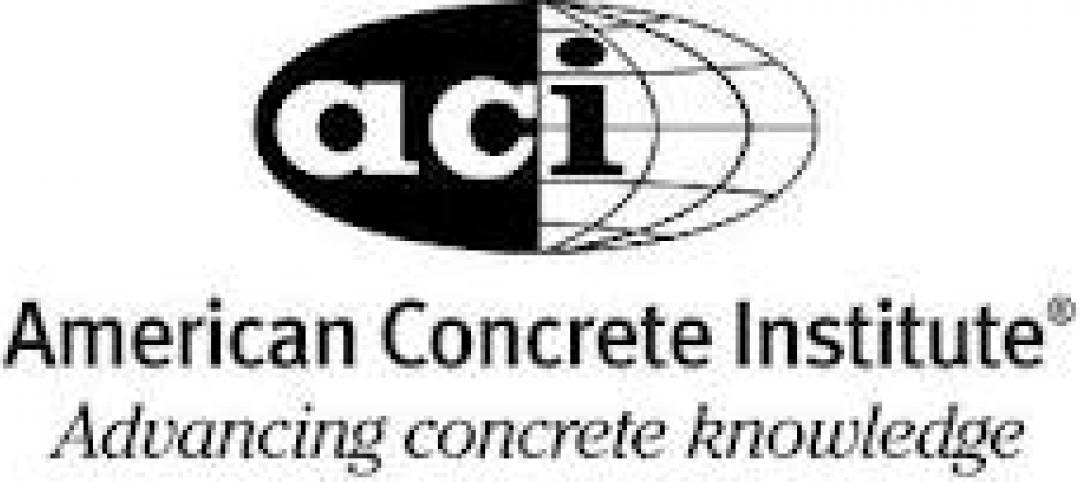The U.S. trade war with China is having a significant impact on the cost of building materials, as reported in a new study by Turner & Townsend.
New York City building contractors are adding between 5% to 10% onto the total construction costs due to tariffs on the prices of steel, aluminum, and other materials, according to the construction consulting firm. A cost study of a completed 90-story building at the Hudson Yards development showed that if the project was being built now, the cost of the core and shell construction alone would have increased by up to $150 million due to tariffs that are driving price increases on materials.
The company calculates that the cost difference of constructing some supertall buildings in New York could be up to $100 million for buildings with an overall cost of $1-1.5 billion.
Due to increased demand for domestic steel and recent reductions in production of steel made in China, the cost of domestic steel has risen an average of 22.4% over the last year. Turner & Townsend is warning owners that they should add up to a minimum of a 5% cost contingency on the total value of their core and shell steel framed buildings.
Owners should also consider early buyout packages and direct purchase of materials to lock in pricing on items such as steel and curtain wall as early as possible, the firm says.
Related Stories
| Mar 1, 2012
California bill aims to cut costs for commercial building energy retrofits
A bill in the California Assembly would allow the state to pool together property owners’ energy-retrofit loans.
| Feb 29, 2012
Carvalho appointed Shawmut Safety Director
He has been a driving force behind multiple safety-orientated initiatives at Shawmut, including Safety Week, the creation of an online safety manual, and the implementation of a new safety reporting and tracking system.
| Feb 23, 2012
Federal budget cuts put major building projects on hold
A plan to build the National Bio and Agro-Defense Facility in Kansas is among several major building projects in jeopardy after the Obama administration’s 2013 budget was unveiled. The budget would cut all construction spending for the facility.
| Feb 23, 2012
Federal agencies fixed on leasing LEED-certified space
The federal government is especially focused on renting LEED-certified spaces.
| Feb 23, 2012
Regulators investigating construction accident at World Trade Center
The New York Port Authority and the city’s fire and building departments are investigating an accident at the World Trade Center construction site in lower Manhattan after a crane dropped steel beams that fell about 40 stories onto the truck that delivered them.
| Feb 23, 2012
New Virginia statewide building code goes into effect March 1
After March 1, all building plans in Virginia must adhere to the 2009 code that was adopted a year ago.
| Feb 23, 2012
Privatizing flood insurance could lead to new code requirements
One thing that could pave the way toward private flood insurance would be NFIP reforms, like requiring new construction in flood-prone areas to be elevated.
| Feb 22, 2012
ACI BIM manual for cast-in-place concrete in development
The improved communication, coordination, and collaboration afforded by BIM implementation have already been shown to save time and money in projects.















